Allium Plant Pests: Learn About Allium Leaf Miner Control
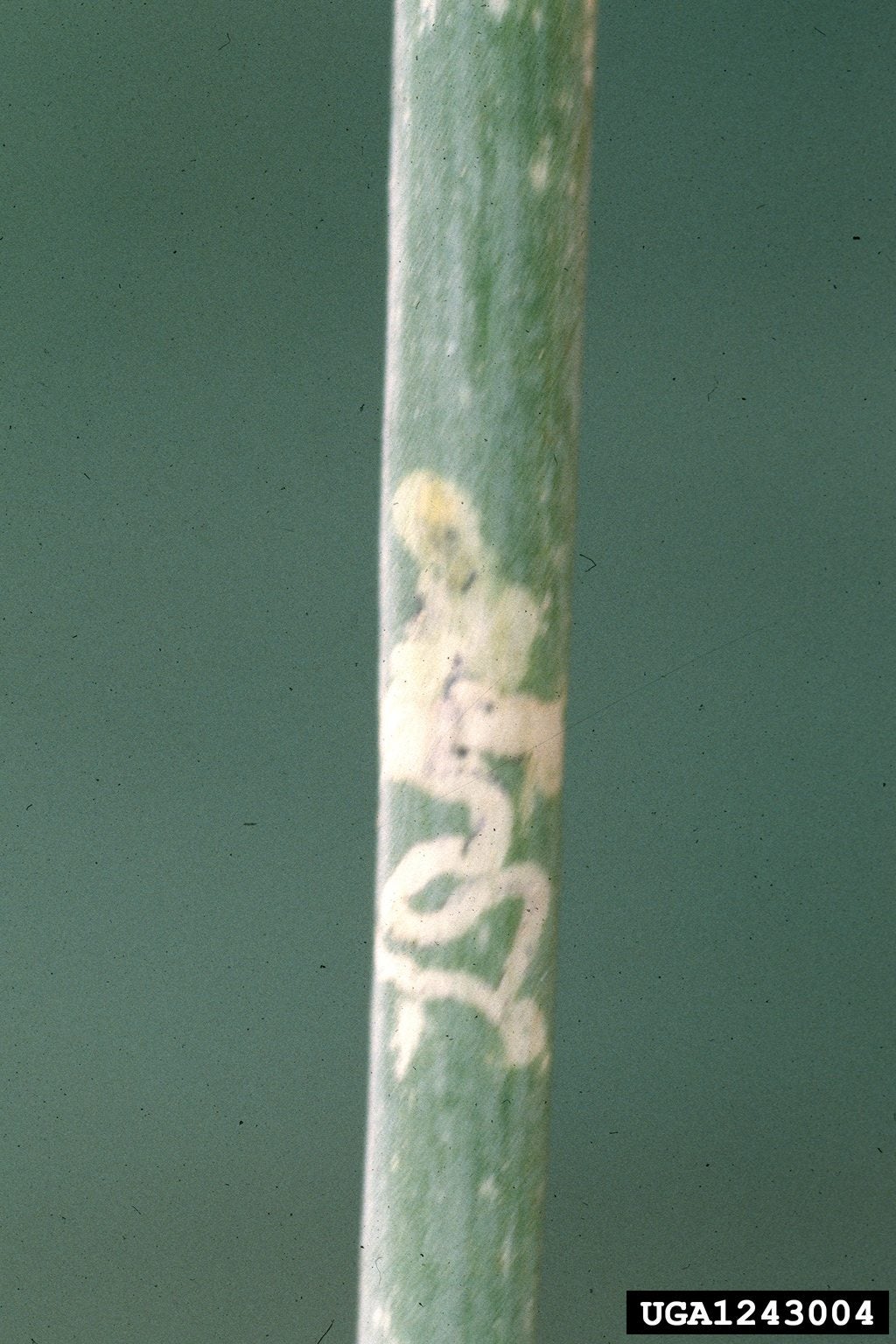

Allium leaf miners were first detected in the Western Hemisphere in December of 2016. Since then they’ve become a serious pest of onions and other alliums in Canada and the Eastern U.S. Find out about detecting and treating allium leaf miners in this article.
What are Allium Leaf Miners?
Allium leaf miners are tiny insects. During the larval phase, they can reach a length of one-third of an inch (1 cm.). Adults are only one-tenth of an inch (0.25 cm.) long. Even so, these pests can ruin crops of onions, garlic, leeks, and other alliums. Their tiny size makes allium leaf miner adults hard to identify on site. On close inspection, you may be able to see a bright yellow spot on their heads. The larvae are cream-colored grubs without heads. You’ll need magnification to see the cream-colored eggs. Since they are so tiny and difficult to see, it’s easier to identify the damage they do to your crop. As the insects feed on the leaves, they become wavy or shrunken. This is similar to the damage caused by using a sprayer that has previously been used to spray herbicides. To be sure, you can use yellow sticky traps to trap the adult flies. Although the traps reduce the adult population, they don’t completely control these allium plant pests. Understanding the allium leaf miner life cycle can help you protect your crop. They produce two generations each year. The adults emerge from the soil in late winter or early spring and inject eggs into the leaves. When they hatch, the tiny larva feed on the leaves, working their way toward the base of the plant. They eventually drop to the soil where they pupate through summer and emerge as adults in fall to lay the eggs for the next generation. The second generation pupates through the winter.
Allium Leaf Miner Control
Once you have a feel for their life cycle, treating for allium leaf miners is easier in that you’ll be better equipped at prevention. Rotate your crops so that you aren’t planting alliums where the insects may be pupating in the soil. Use row covers to prevent the insects from ever reaching your crops. Apply the row covers before the adults emerge or right after planting. Spinosad is a good insecticide for treating the adults, and it is relatively safe. Spray when the adults are flying. Yellow sticky traps can help you determine when the time is right. Read the entire product label and follow all safety precautions when using spinosad.
Gardening tips, videos, info and more delivered right to your inbox!
Sign up for the Gardening Know How newsletter today and receive a free copy of our e-book "How to Grow Delicious Tomatoes".

Jackie Carroll has written over 500 articles for Gardening Know How on a wide range of topics.
-
 Looking For Plants To Give You The Soft And Fuzzies? Try These 5 Fuzzy Leaf Plant Options
Looking For Plants To Give You The Soft And Fuzzies? Try These 5 Fuzzy Leaf Plant OptionsLovers of texture, drama, silver foliage and tactile plants will adore these special sensory garden additions. These fuzzy leaf plant options will leave you all aglow
By Susan Albert
-
 Get Ready For A Summer Of Hummers! Grow These Full Sun Hummingbird Plants and Flowers
Get Ready For A Summer Of Hummers! Grow These Full Sun Hummingbird Plants and FlowersIf you’re lucky enough to enjoy a sunny backyard, make sure you are maxing out on your pollinator opportunities and grow these full sun hummingbird plants and flowers
By Tonya Barnett
-
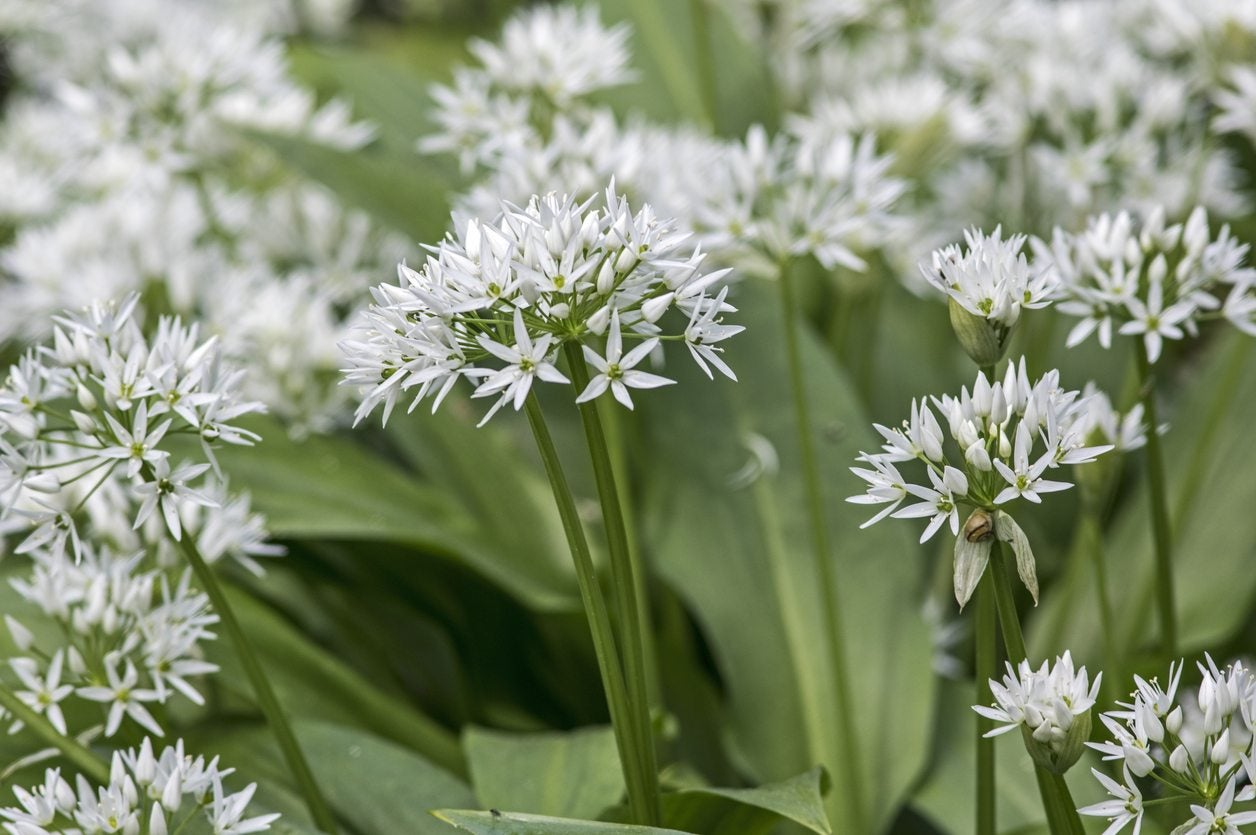 Controlling Allium Plants & How To Manage Flowering Onions
Controlling Allium Plants & How To Manage Flowering OnionsIf ornamental alliums are so practical and attractive, how could there be any problems with ornamental alliums in the garden? Not all allium varieties are well-behaved. Some become weeds that are nearly impossible to get rid of. Learn more in this article.
By Mary H. Dyer
-
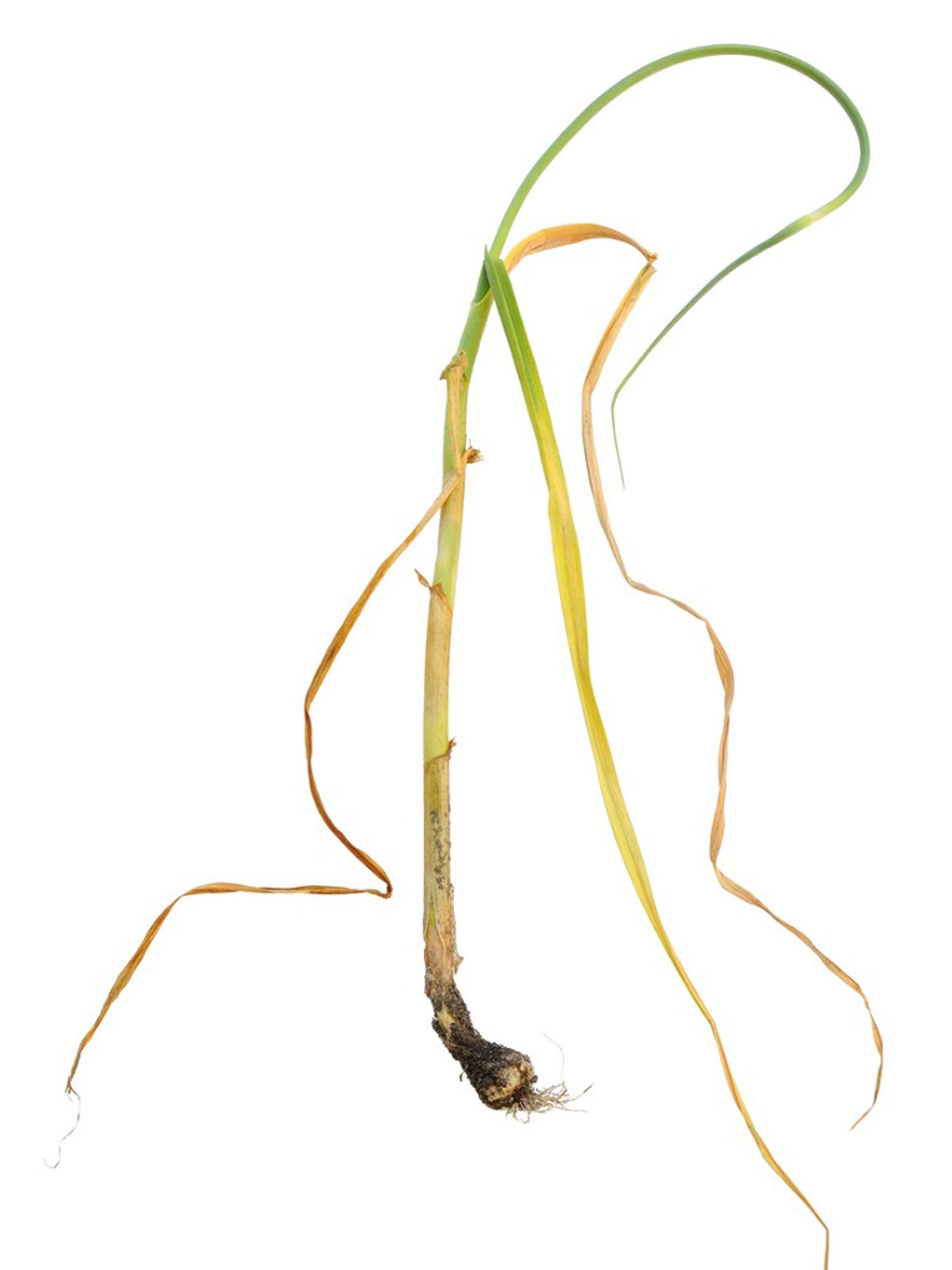 Sclerotium On Alliums – How To Manage Allium White Rot Symptoms
Sclerotium On Alliums – How To Manage Allium White Rot SymptomsAllium white rot should be monitored, as it can result in complete loss of allium plants. Learn more about what causes white rot and its control here.
By Tonya Barnett
-
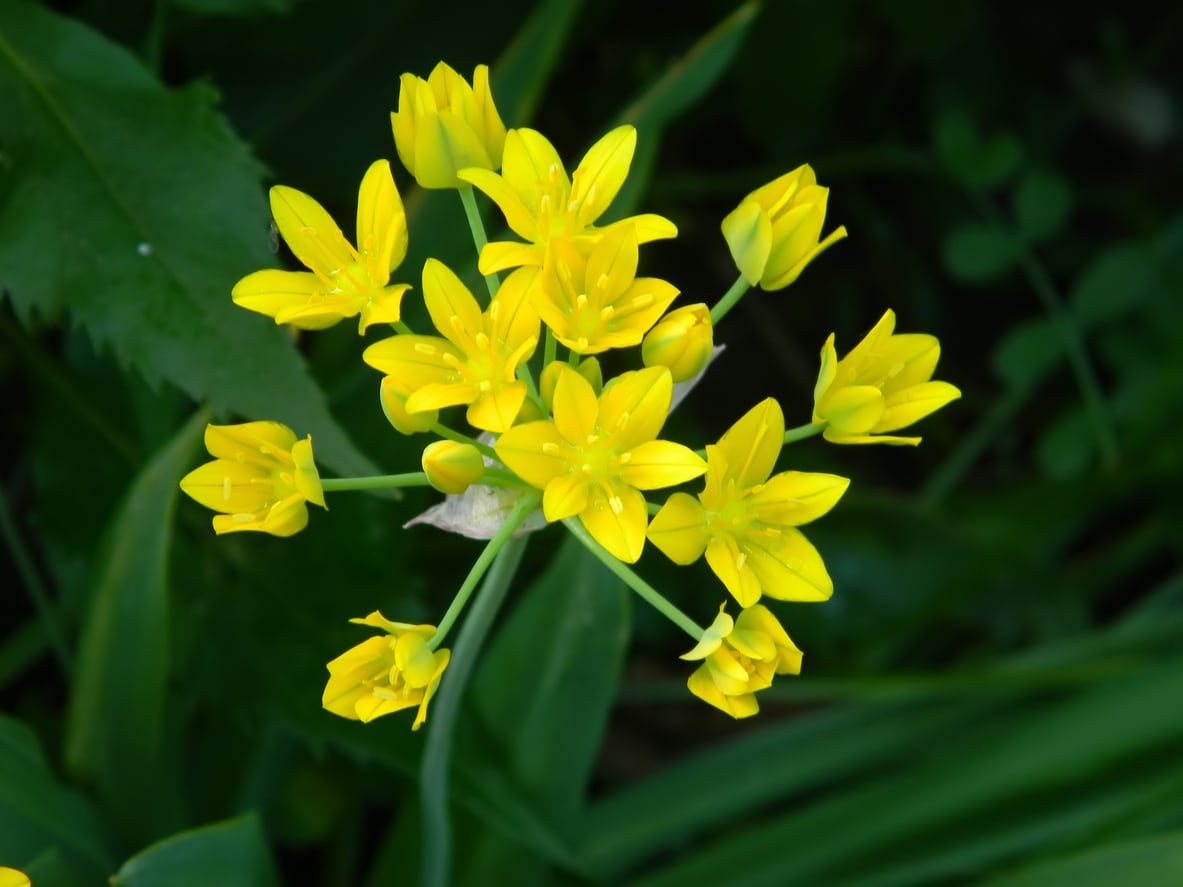 Allium Moly Care – Learn How To Grow Golden Garlic Alliums
Allium Moly Care – Learn How To Grow Golden Garlic AlliumsGolden garlic, also called moly garlic, is an allium bulb plant that offers bright, long-lasting yellow flowers on tall stalks. For more allium moly information, plus tips on how to grow golden garlic, click on the following article.
By Teo Spengler
-
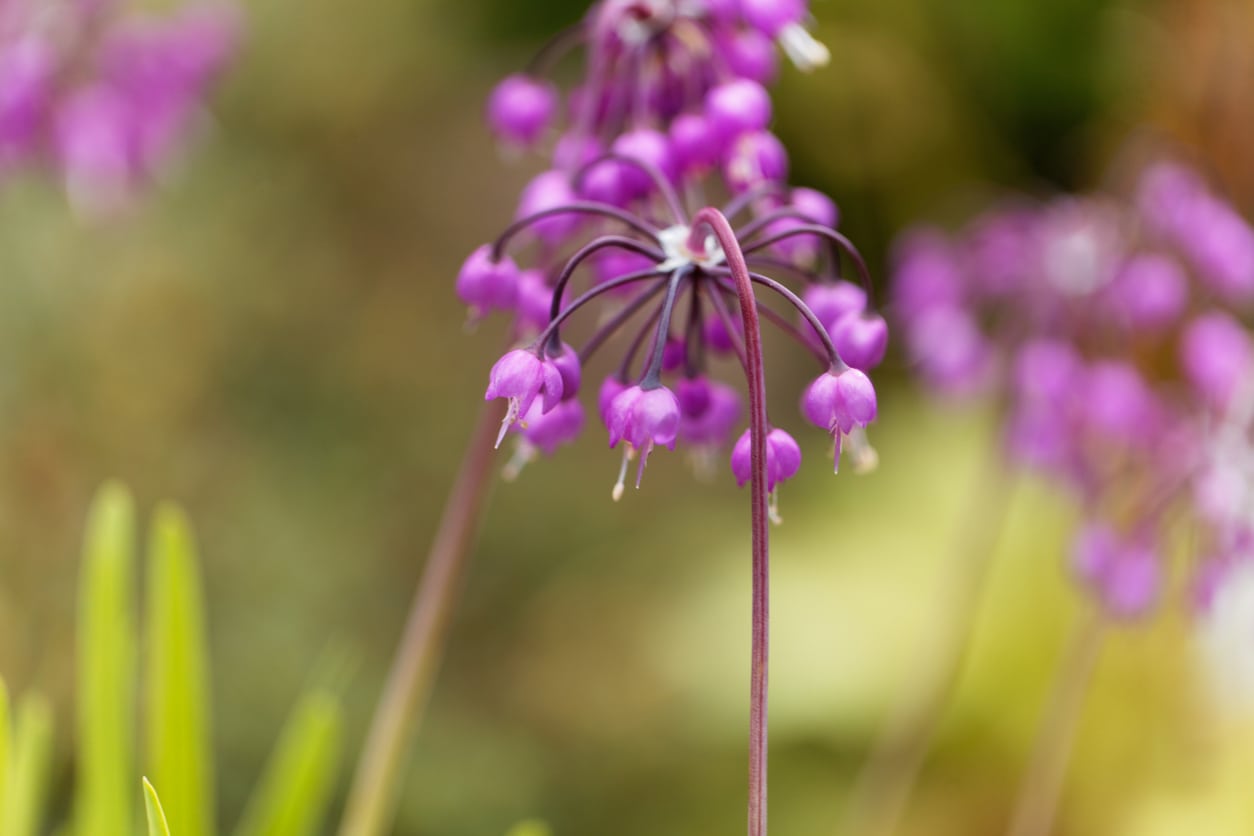 Nodding Pink Onions – How To Grow Nodding Onions In Your Garden
Nodding Pink Onions – How To Grow Nodding Onions In Your GardenIf you love wildflowers, try growing a nodding pink onion. What’s a nodding pink onion? Well, its descriptive name gives more than just a hint but you can click on this article to learn how to grow nodding onions and about nodding onion care.
By Amy Grant
-
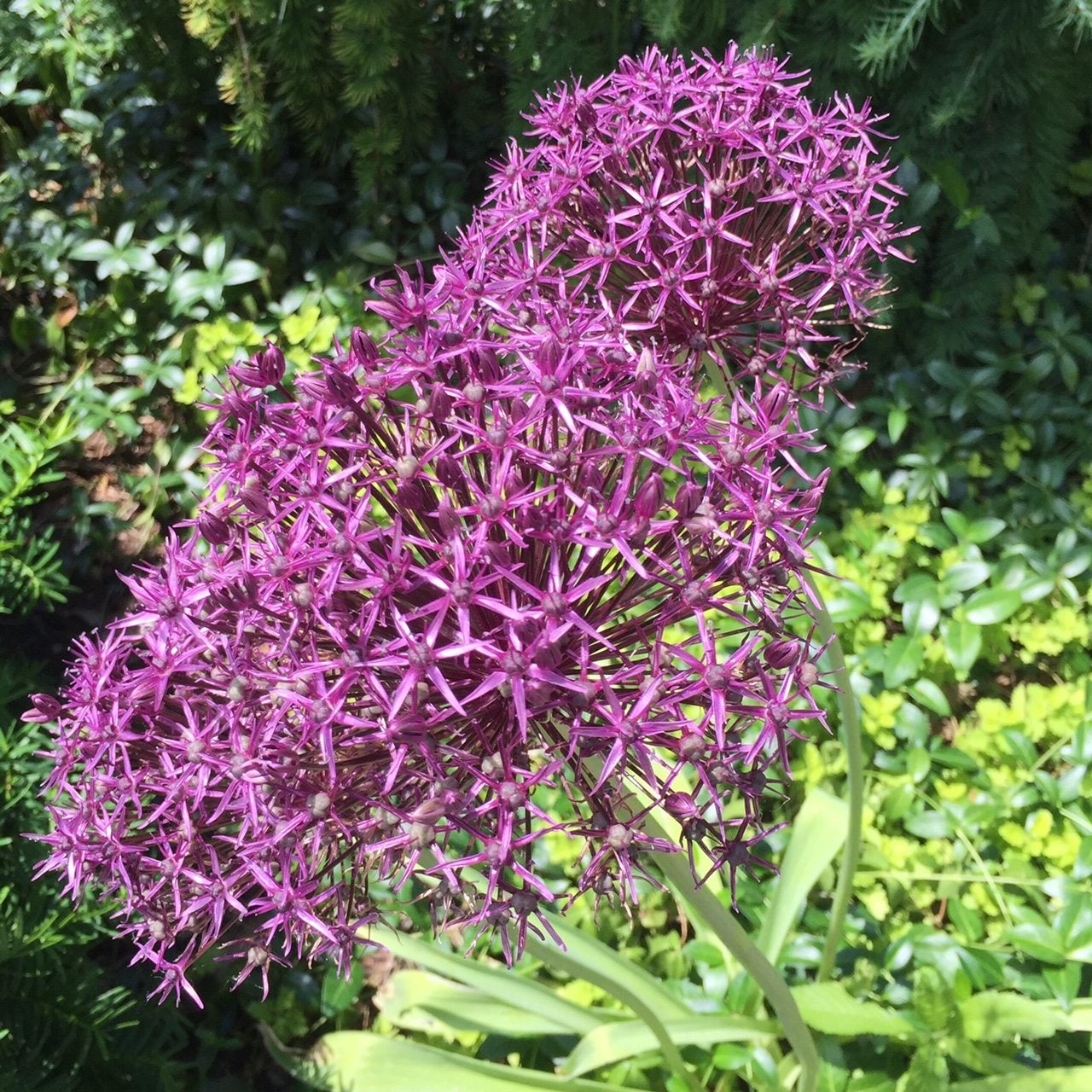 Allium Post Bloom Care: Caring For Allium Bulbs Once Flowering Is Over
Allium Post Bloom Care: Caring For Allium Bulbs Once Flowering Is OverAlliums are usually exclusively grown for their flowers. But what do you do with your allium once it's finished flowering? Learn more about how to care for alliums after blooming in this article so you can enjoy their beauty as long as possible.
By Liz Baessler
-
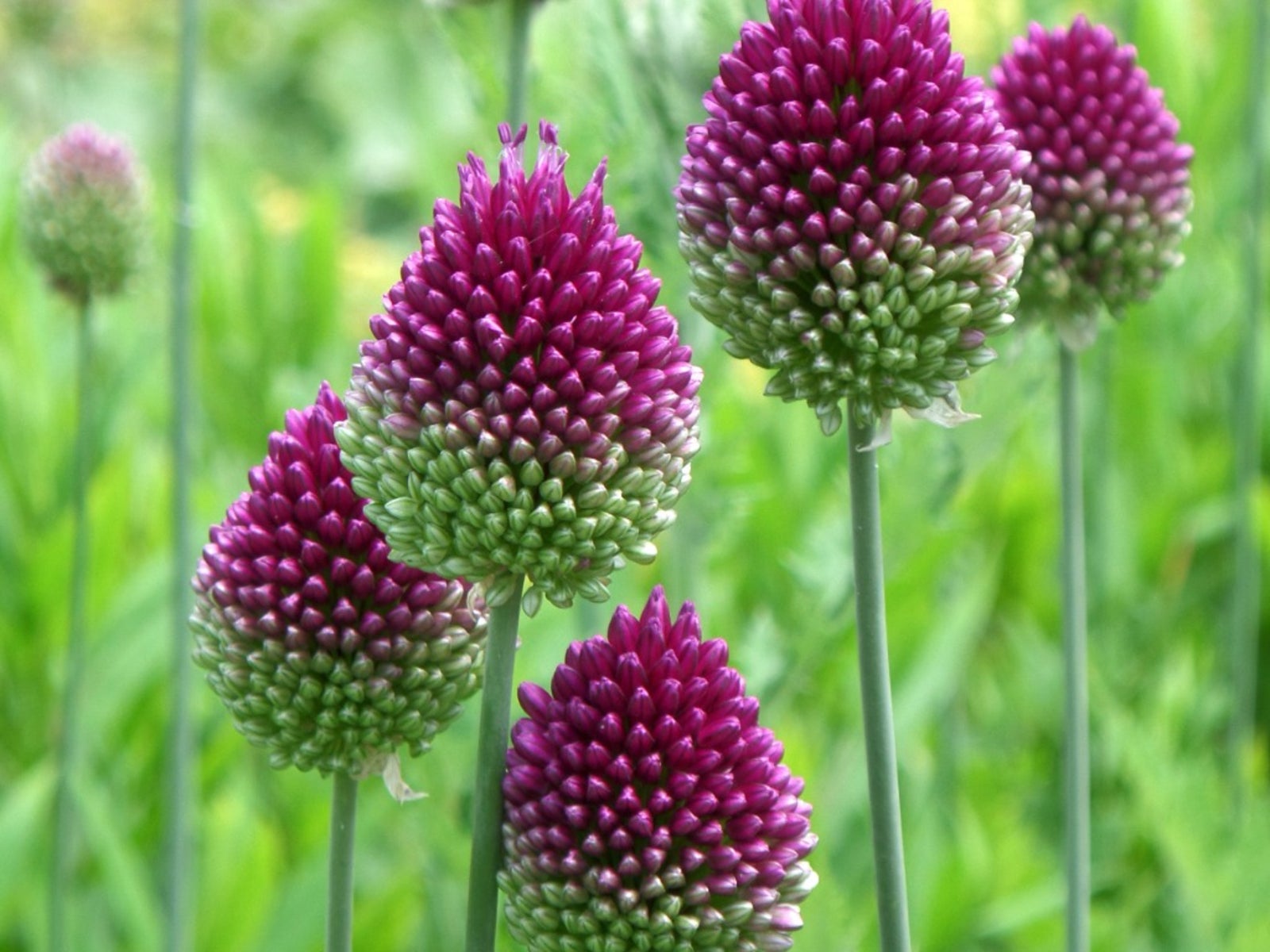 Drumstick Allium Flowers: Tips For Growing Drumstick Alliums
Drumstick Allium Flowers: Tips For Growing Drumstick AlliumsDrumstick allium is appreciated for the egg-shaped blooms that appear in early summer. Hollow, grayish-green foliage provides lovely contrast to the pink to rosy-purple drumstick allium flowers. Click here to learn more them.
By Mary H. Dyer
-
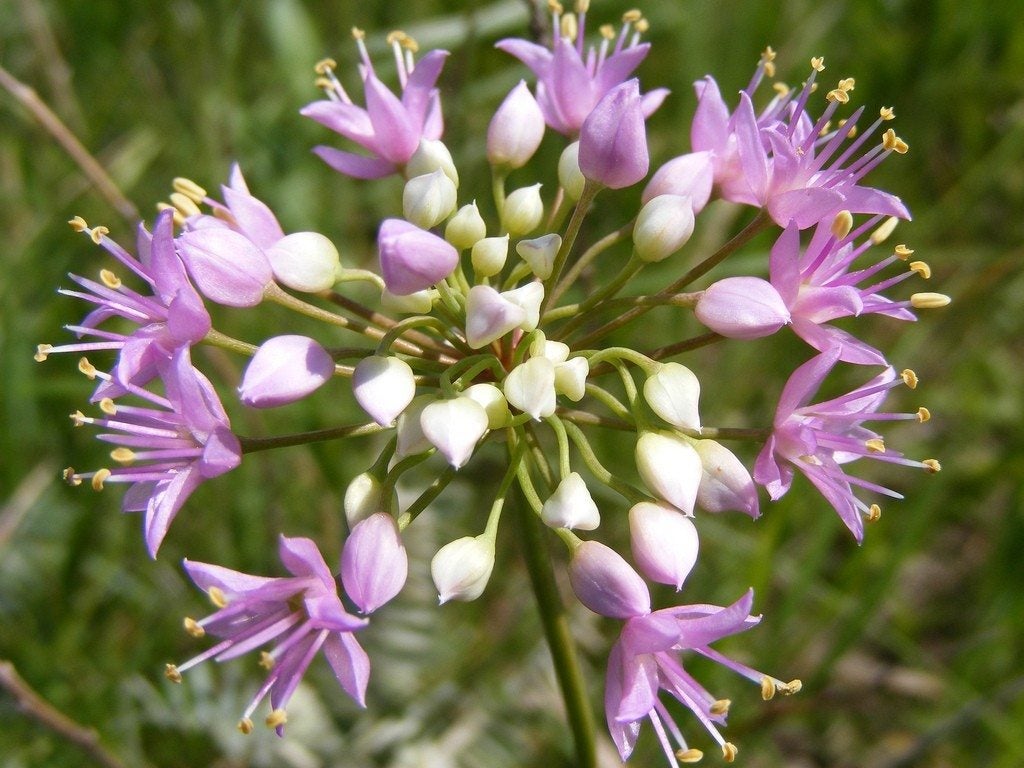 What Are Prairie Onions: Information On Allium Stellatum Wildflowers
What Are Prairie Onions: Information On Allium Stellatum WildflowersPrairie onions are a member of the Allium family. Wild prairie onions are edible and in the garden add a natural grace. Get some growing and care information for wild prairie onions in this article.
By Bonnie L. Grant
-
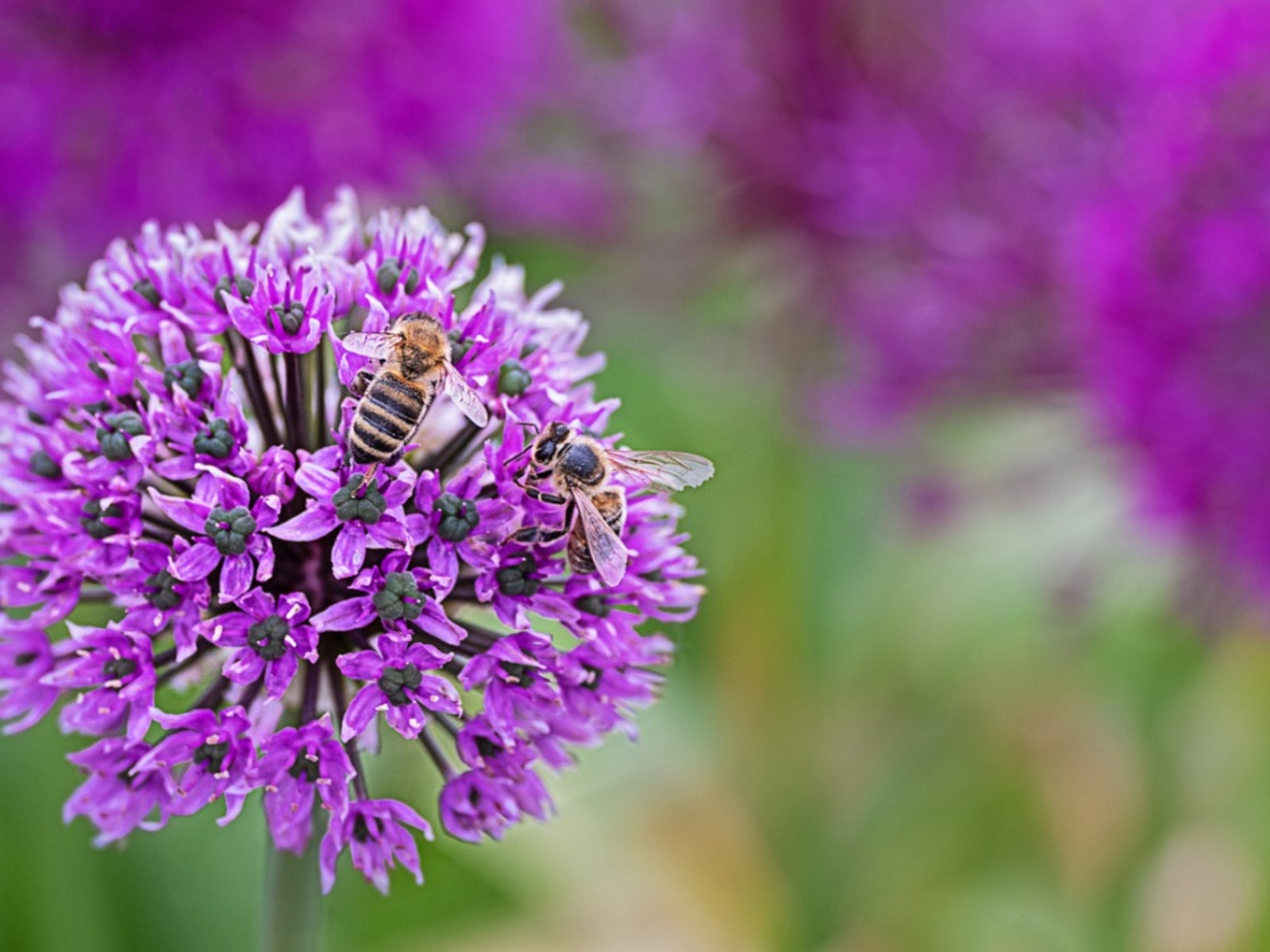 Allium Plant - How To Grow Alliums In Your Flower Garden
Allium Plant - How To Grow Alliums In Your Flower GardenAllium plant is related to the garden onion, but don't let this deter you from planting it. In fact, minimal allium care and a show of large blooms are just a couple of reasons to include them. Get more info here.
By Becca Badgett